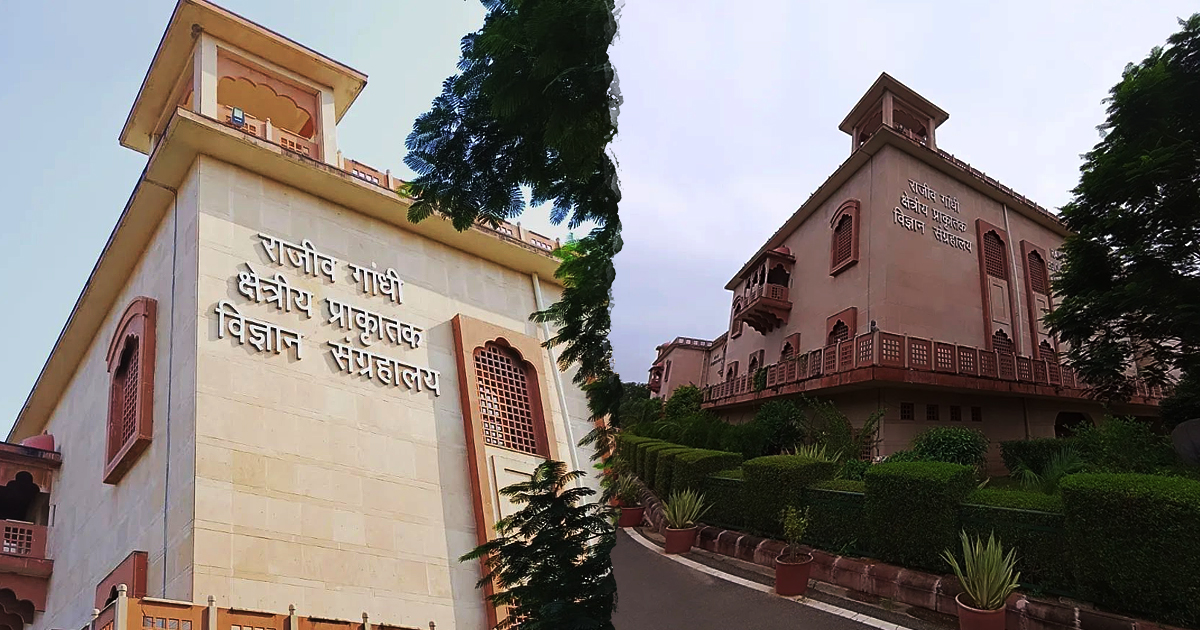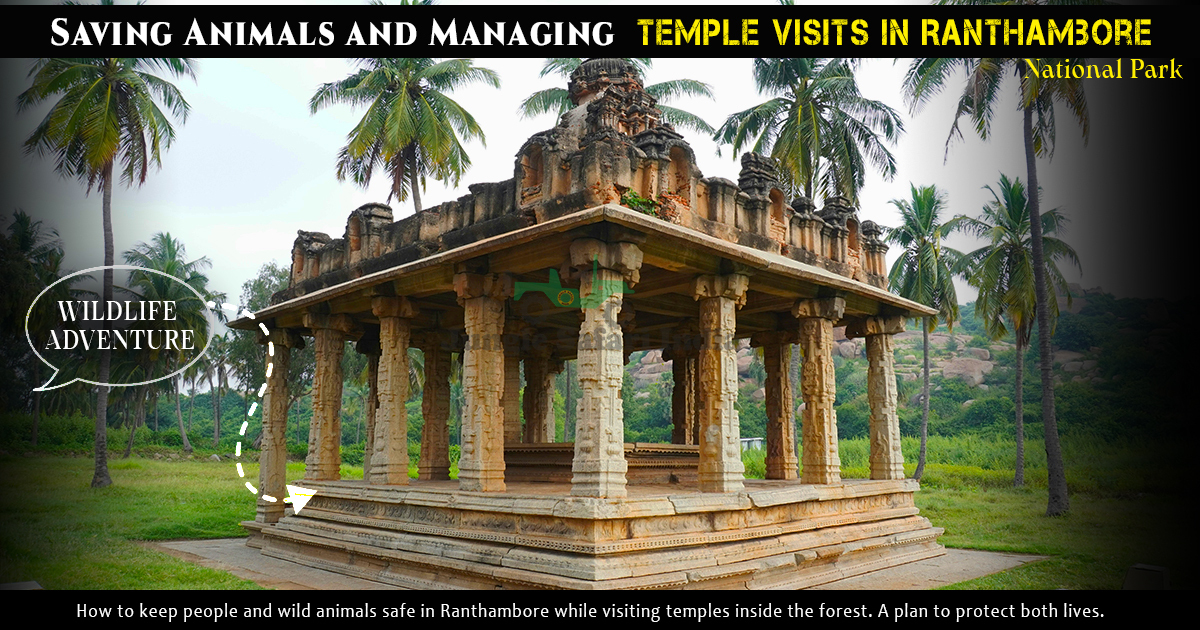Ranthambore is famous for the tiger reserve, but it is also renowned for the historical museum located in the Sawai Madhopur District of Rajasthan. The museum is well known as the Rajiv Gandhi museum of natural history, sprawled over 7.2 hectares of total land. The museum was created to highlight flora and fauna of India’s western part and Ranthambore National Park. Nowadays, the museum acts as a resource center and is reckoned for studying and researching animals and plants, a center of creation for children and college students.
Some interesting facts of Rajiv Gandhi Museum of Natural History
The museum is located in the Ramsinghpura village of the Sawai Madhopur district, was inaugurated by the finance minister in 2014. The museum remains open throughout the year, except on Mondays and national holidays. This natural history museum ranks in the fourth position in the country, after Mysore, Bhubaneswar, and Bhopal museums. Its prime aim is to spread awareness across the nation about the diversity of life, conservation of nature, and its resources.
The three-floored museum is designed to exhibit the wildlife in Ranthambore National Park; the effigy of the tigers, leopards, Sambar and spotted deer, Jackal, and other endangered felines, are the major attraction of the museum. Besides this, the museum depicts a prominent portrayal of the Ranthambore Fort, the villages’ life and its scenic beauty, the history behind the fort, which is all written in golden letters in the museum.
Depicting the relationship and the bonding between the plants and the animals of our ecosystem, the museum contributes an educational platform for the students and nature lovers. The museum houses over 100000 books on Ranthambore National Park’s flora and fauna, about the animals and plants of Ranthambore, and visitors are allowed to pick any of the books to read in the library. Photography is permitted in the museum free of cost. This museum is also targeting to attain international recognition of being a Heritage site, depicting the country’s natural history.
About Ranthambore National Park
Ranthambore Park is considered to be the largest park in northern India. It comprises a vast topography with plateaus, rivers, Bananas, and Chambal, flowing from its north and south. The park got its name after the fortress of Ranthambore and eventually was declared as the Project Tiger reserve in 1973. Since then, the park is known as the best place to see the Royal Bengal Tigers in their natural habitat. The second-largest Banyan tree resides in this Ranthambore National Park.
Are you planning for a trip to this park, don’t miss out on the safaris from your itinerary, Ranthambore safaris are the main attraction of the park, by which the visitors can experience the inner heart of the wild jungle. Obtain a ticket by opting for Ranthambore Safari Booking before escorting for the jungle trail.





